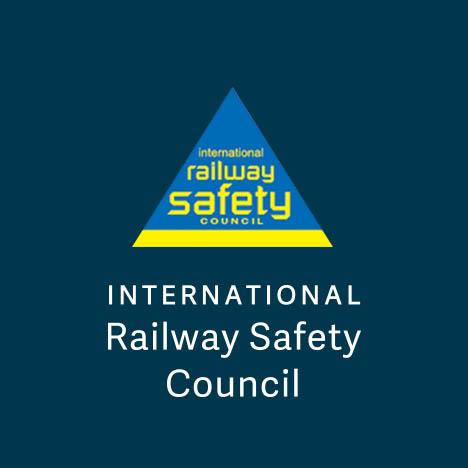JR East announced to introduce a driver-only operation on some lines in the Tokyo metropolitan area between 2025 and 2030. Driver-only operation is common on JR rural lines, and some private railways in the Tokyo metropolitan area are also implementing it, but this is the first time for JR lines in Tokyo. Five lines including Yamanote Line were indicated as routes aiming to introduce driver-only operation. JR East currently conducts driver-only operation on 48 of the 66 conventional line sections, and training on actual lines and on trains using a simulator that supports driver-only operation are used to improve driver skills.
To implement driver-only operation, it is also necessary to improve station facilities such as platform doors, modify the rolling stock necessary for driver-only operation, and introduce ATO (automatic train operation). JR East has announced that it will aim for “driverless driving” in the future, along with driver-only operation. Driverless means the vehicle without a driver but a staff who does not have a driving license will be on board. However, there is a big technical hurdle between “driver-only operation” and “driverless” operation, and it is not so easy to jump over. Conversely, automatic driving cannot be realized without ATO, ATC, and platform doors. Against this background, JR East has indicated a policy to expand the introduction of ATO and ATACS (radio train control system), which is an evolved form of ATC.
A major issue in driverless operation is how to deal with abnormalities, such as ensuring safety on the train track, guiding passengers to evacuation, and handling operations after an emergency stop. To ensure safety on train tracks is “separation from the surrounding environment.”
Most importantly, we are considering the introduction of a railroad crossing obstacle detection device that detects when a car is parked inside the railroad crossing, and a device that stops the train if the barrier is not lowered. Furthermore, it is also necessary to develop and evaluate sensor technology to deal with obstacles in front of the train.
There is no doubt that in the future there is driverless driving even on routes with railroad crossings. By 2030, after driveronly operation has been realized on the Yamanote Line, the development of driverless operation is likely to be considered on each line, but there are many issues that must be resolved.
Considering train-related incidents in recent years, at this stage to foresee the extent to which discussions on safety on trains and the realization of “driverless” can be achieved is difficult, but we will make proposals based on safety perspectives and workplace conditions.

